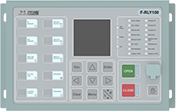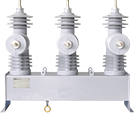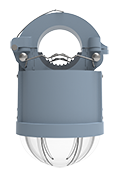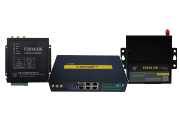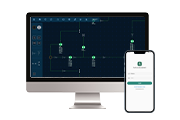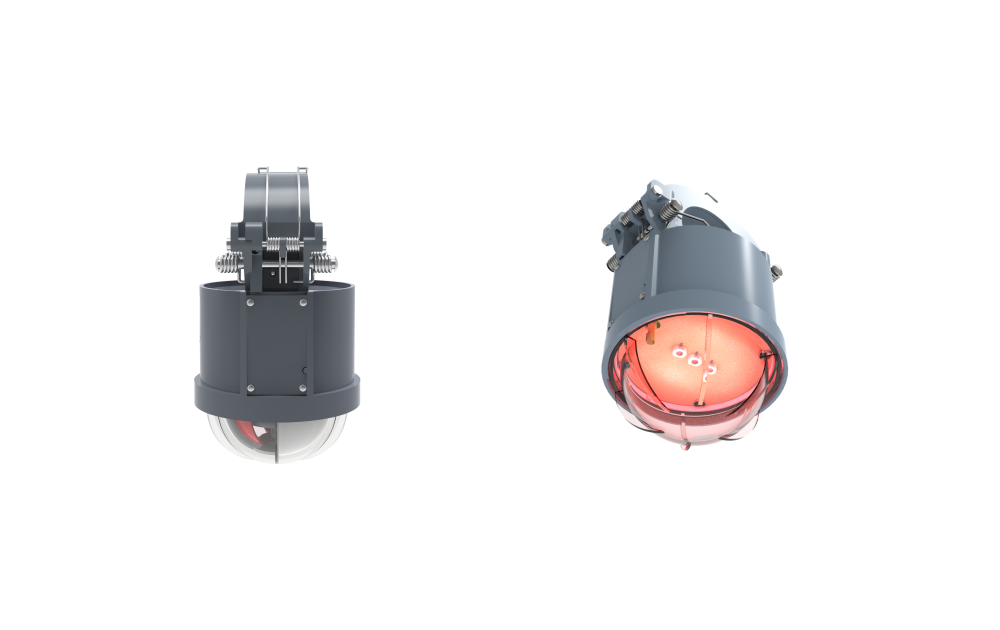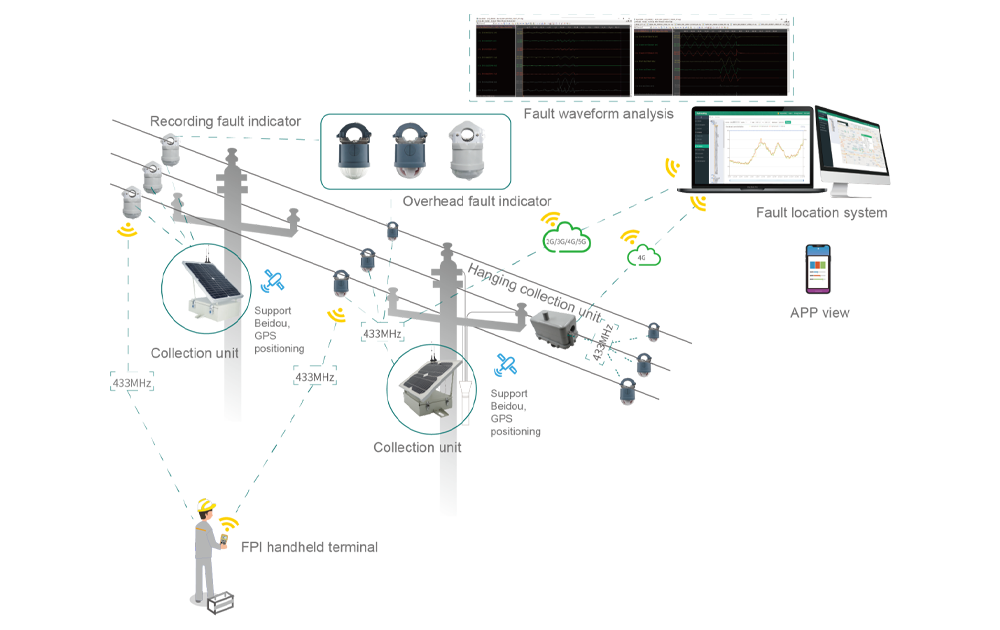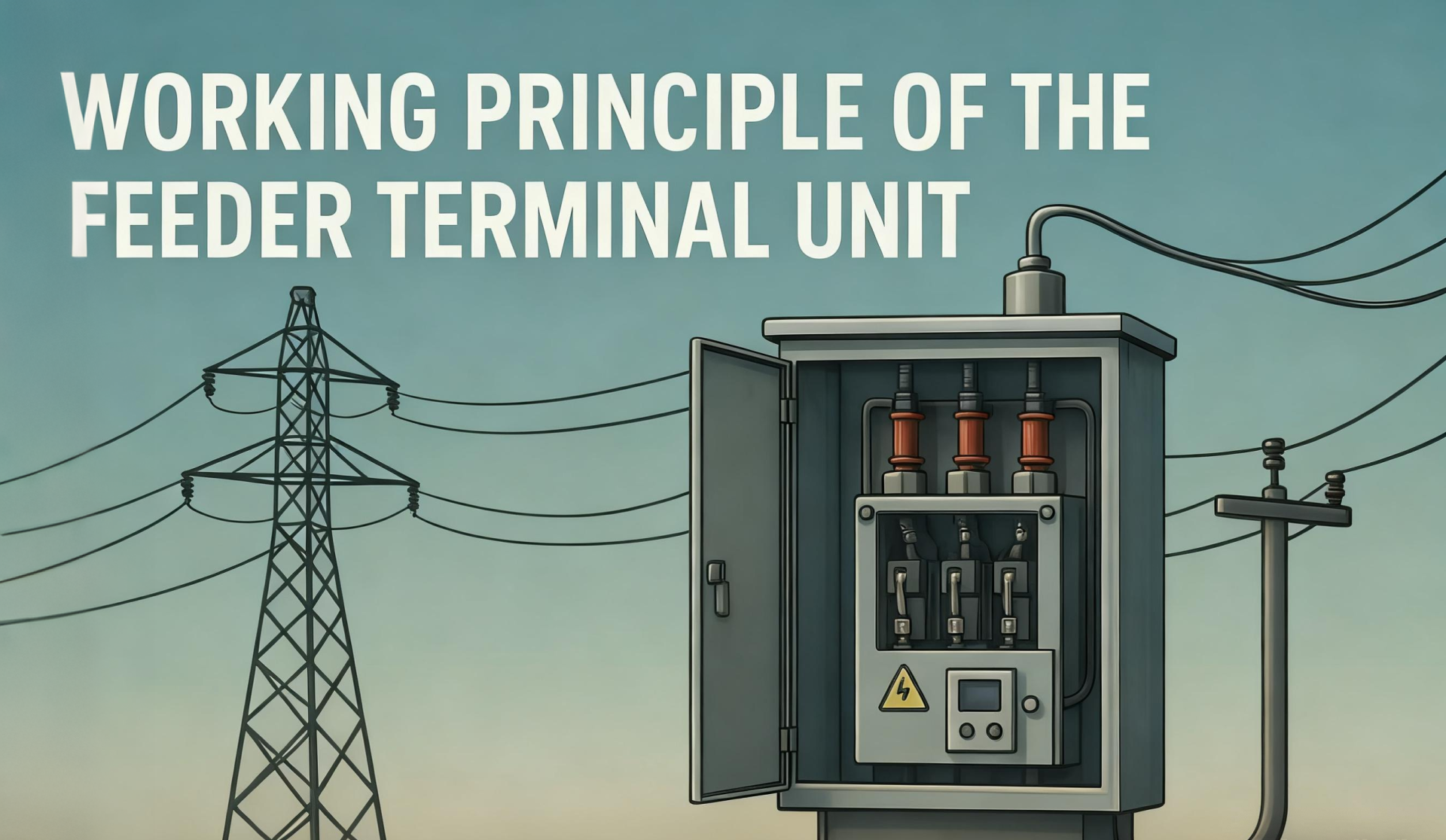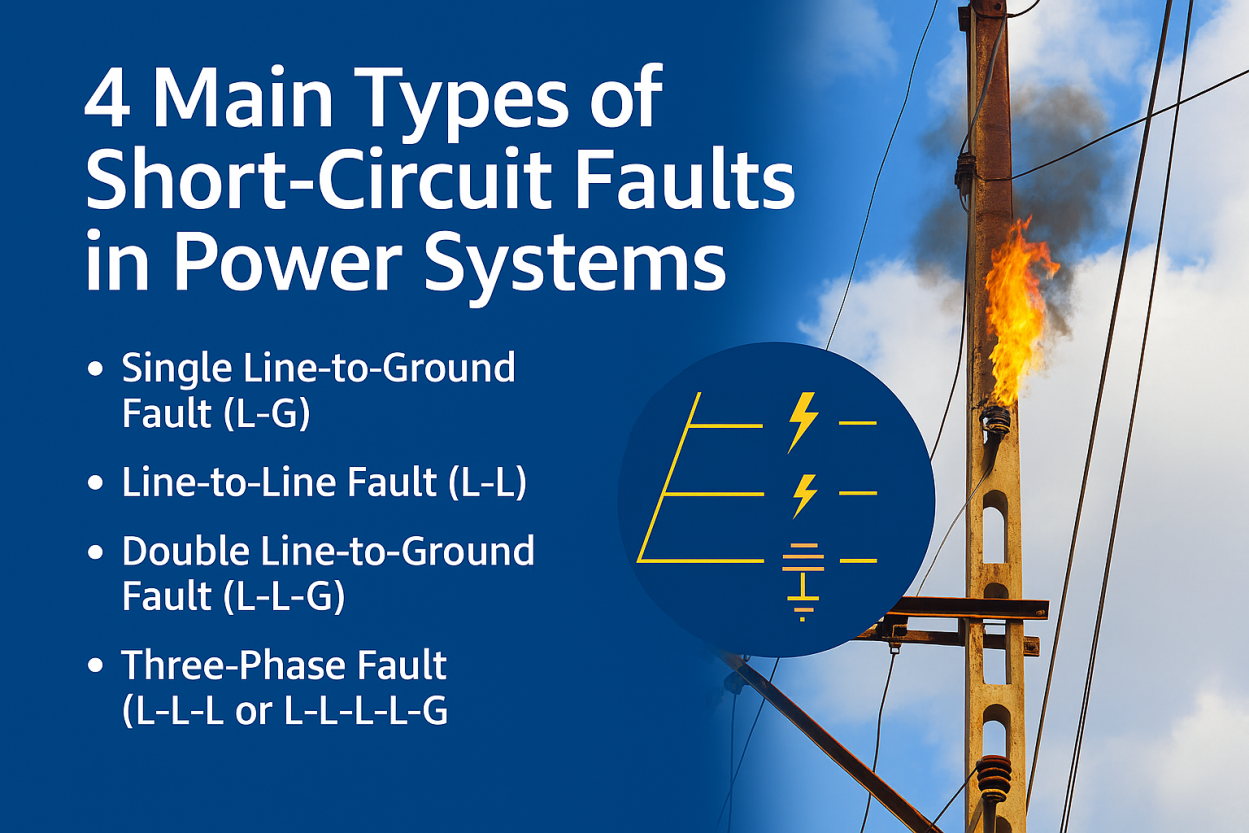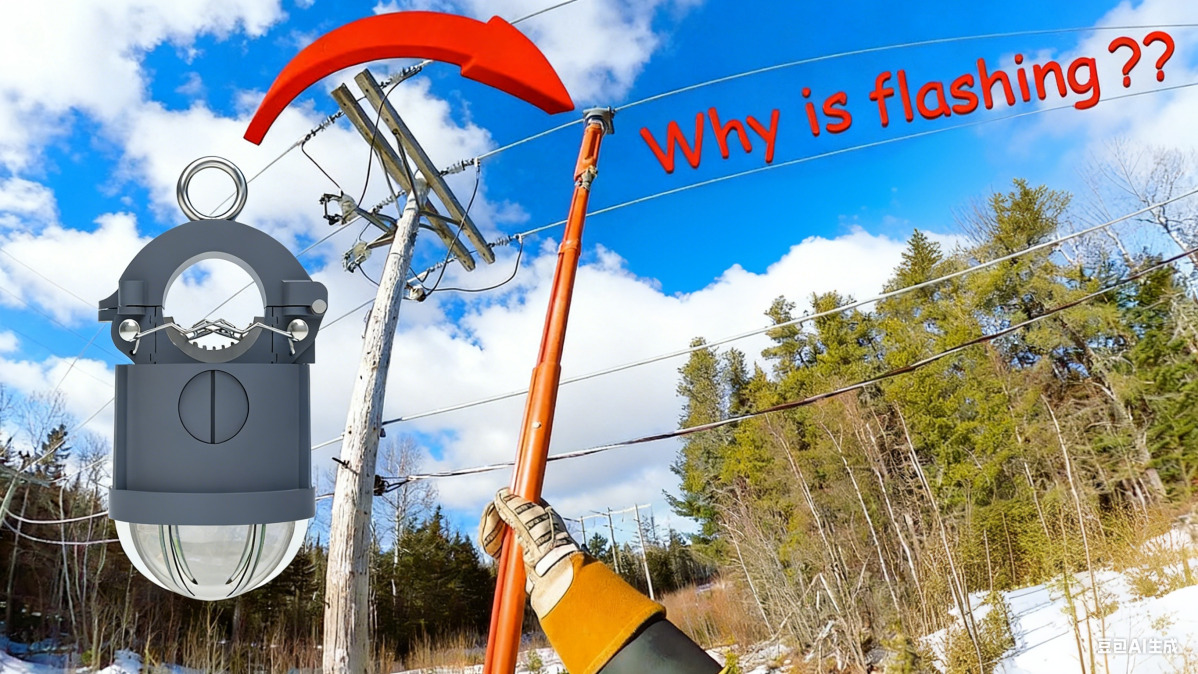News
What is a Fault Circuit Indicator
Date:2023-07-03
Fault circuit indicators (FCIs) are used as a means of identifying the faulted section of network in long and branched distribution network overhead lines or interconnected cable circuits. This is a vital enabling technology for automated fault isolation and restoration, minimising the disruption of customers’ supplied following faults.
An Overhead Line Fault circuit Indicator detects and indicates faults that occur in an electrical distribution network. It monitors the system 24×7 for fault occurrence and reduces downtime time by quickly identifying the fault location. A Fault Circuit Indicator is installed under live conditions with the help of a hot stick and an adapter.
According to the communication function, the fault circuit indicator is divided into local fault indicators and communication fault indicators.
1. Local fault indicator:
When the local fault indicator detects the line fault, it will flip the card locally. With no communication function, the fault-finding still needs manual intervention.
2. Communication fault indicator:
The fault circuit indicator with communication is composed of fault indicators and communication devices. When it detects line fault, it can not only flip the card locally or flash alarm but also transmit the fault information to the communication device through a short-distance wireless way. The communication device can send the fault information to the master station through cellular network.
3. How does a Fault Circuit Indicator work?
One Fault Circuit Indicator is usually clipped onto each phase of the circuit allowing the utility or O&M firm to monitor current and faults in each phase. By placing the FCI’s at regular intervals along the line, the device can identify faults in the downstream section from its point of installation by monitoring the electromagnetic field surrounding the conductor. During the fault condition, the magnetic field around the conductor increases rapidly as a high current will flow through that path for a fraction of time (di/dt) & then suddenly breaks to zero as circuit breaker trips, this condition is sensed by the FCI & gives the alarm physically on-site & remotely to SCADA centre. Fault circuit indicator, which can detect different types of faults, regular phase-to-phase short circuit, single phase to ground, etc.

In the case of a local type, the FCI will give alarm physically on-site by blinking the RED Ultra bright LED & in the case of a communication type the FCI gives alarm physically on-site as well as send the data to the SCADA centre through DCU over GSM/GPRS.
The illustration below provides a basic topology of a communicable system.
The FCI product ultimately aims to reduce the time and effort taken by maintenance technicians to find faults by providing visual and/or remote cues.
When a fault occurs, the fault indicators in front of the fault point will flash an LED to indicate the fault, the ones behind the fault point will not indicate the fault. The operator can easily identify the fault position (between the flashing and non-flashing indicators) by tracking the flashed indicators. It can help the operator to find out the fault point quickly. Permanent fault, transient fault and battery low voltage alarm can be indicated and distinguished separately by 3 different ultra-bright blinking LEDs. Two different alternating ultra-bright blinking LEDs indicate an Earth-fault. The parameters such as trip current, reset time, blinking interval, etc. are also read and adjusted over the wireless bidirectional network.
Features:
Axis Overhead Line Fault Passage Indicator detects an earth-fault using the signal injection method with the assistance of a device called signal source. The signal source provides improved accuracy in earth-fault detection. The Axis Overhead Line Fault Passage Indicator is designed as per IEEE 495-2007 international standard. An earth-fault and short-circuit fault indicator consists of three indicators, one for each phase and one for Data Concentrator Unit (DCU) for uploading data to System Server.
Overhead Line Remote Fault Indicators are usually used to monitor short-circuit faults and earth-faults. Three ultra-bright blinking LEDs indicate a fault in the network. The information about the fault and the current values can be uploaded to the Server System by utilizing available 2G/3G/4G networks.
Advantage:
The main aim of an Overhead Line Fault Circuit Indicator is to reduce the physical efforts needed to identify the faults & that occur in distribution networks. There is a significant reduction in the time, effort and manpower required for identifying faults.
RECOMMEND NEWS
RECOMMEND PRODUCTS
-
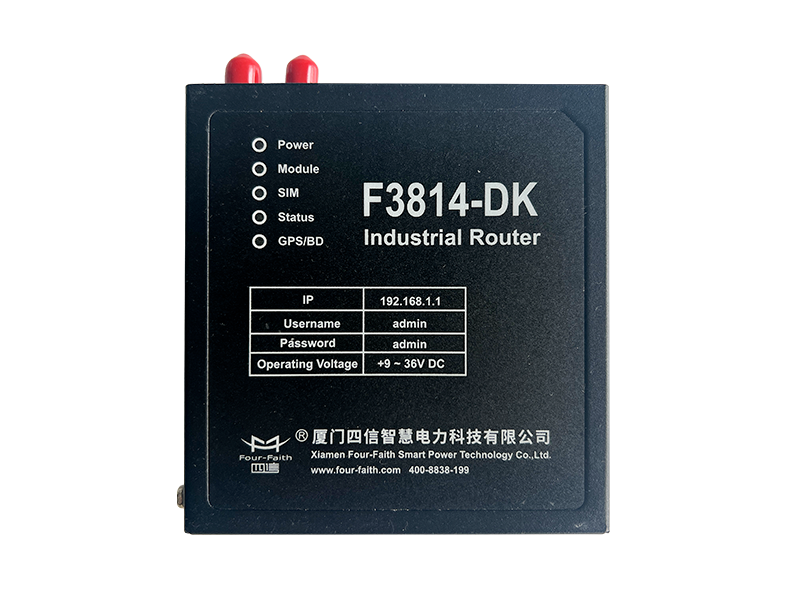
Industrial Wireless Router F3X14-DK
-
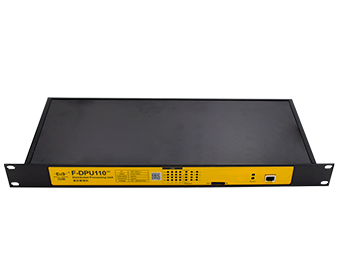
Intelligent Protocol Gateway F-DPU110-RK
-
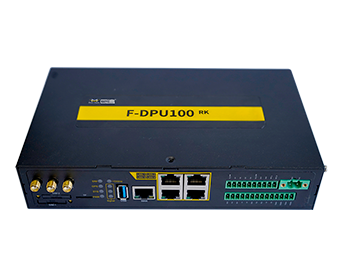
Protocol Converter Gateway F-DPU100-RK
-
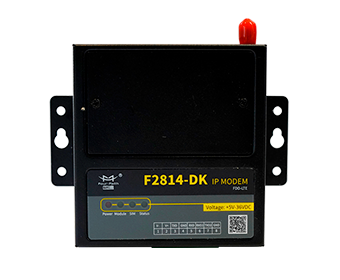
Industrial IP Modem F2X14-DK
-
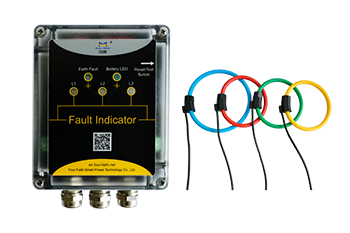
Underground Fault indicator DYO-FF-FIS
-
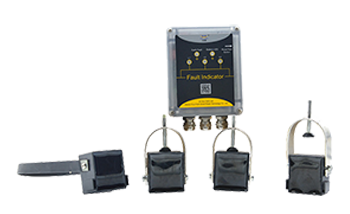
Underground Fault indicator DYO-FF-FI
-
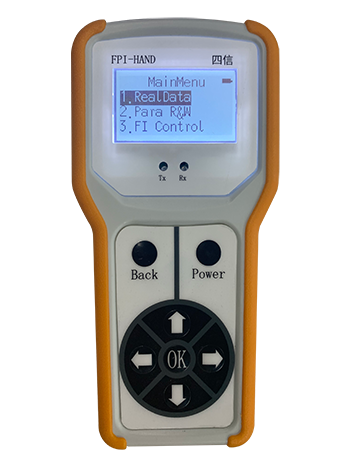
Hand-held Tool FPI-Hand
-
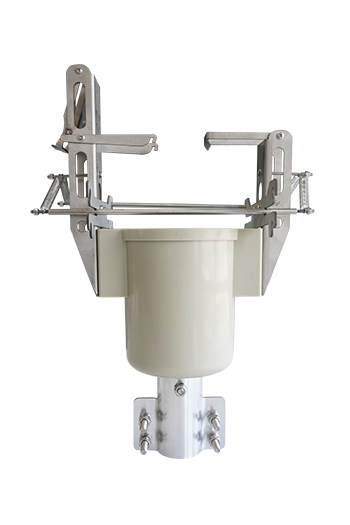
Hot Stick Tool
-
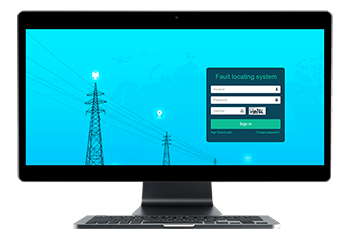
Four-Faith Fault Location System
-
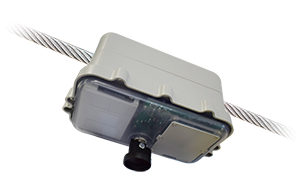
Communication Unit JYL-FF-HX
-

Communication Unit JYZ-FF-HD
-
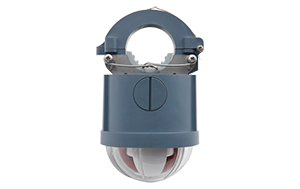
Flag Fault indicator JYZ-FF
-
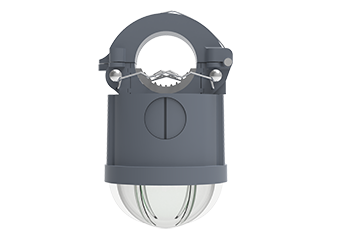
LED Fault indicator JYZ-HW
-
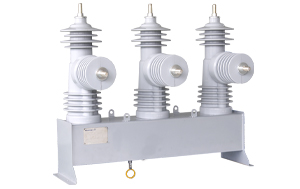
Automatic Circuit Recloser F-ACR
-
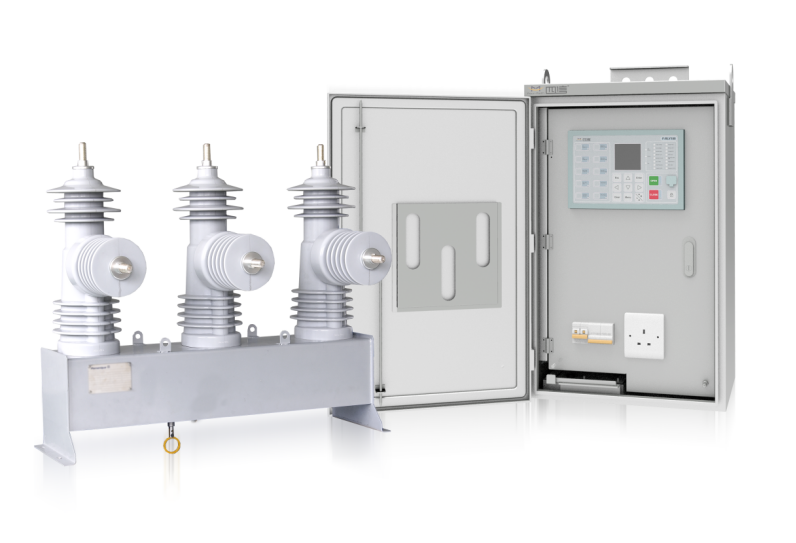
Feeder Terminal Unit F-FTU200
-
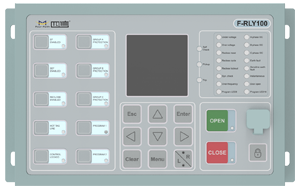
Feeder Protection Relay F-RLY100

